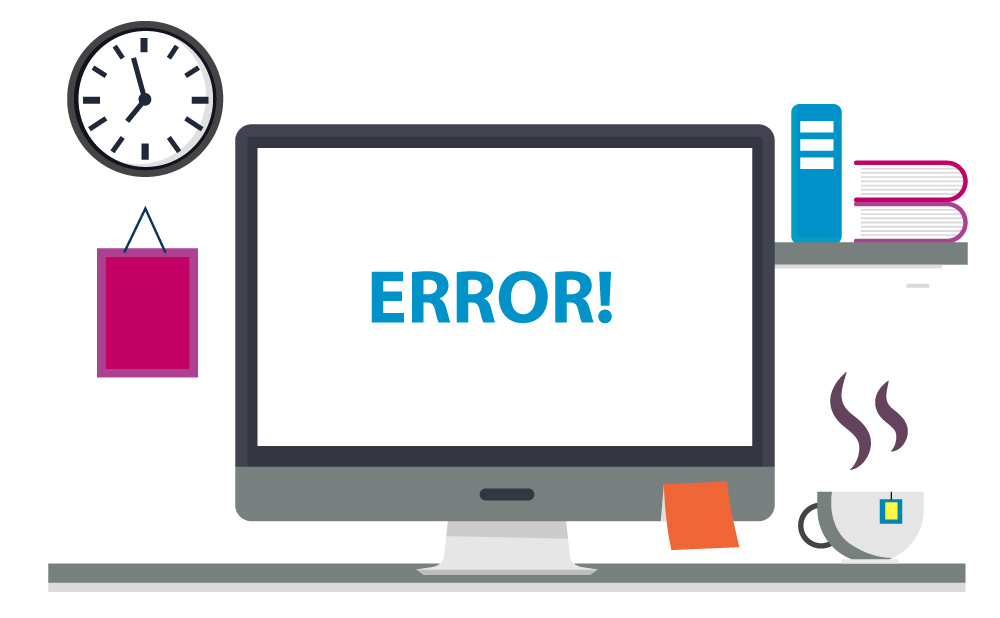Here at byphone, we proudly boast a competent and competitive VoIP system that transforms how businesses communicate. But, a VoIP system is only as good as the network it’s running on; a common problem that we’ve been challenging since our first attempted VoIP installation in 2006! With further issues, especially on third-party networks such as Virgin, approaching VoIP installations in 2020 can still be a complicated process if networks don’t play ball.
When VoIP Installations Experience Technical Difficulties
During installations of our VoIP solution, some of our partners were experiencing difficulties with customers who were using Virgin connectivity. Many are unaware of the roadblock of operating on a Virgin network, and it’s implications to VoIP traffic without the relevant information. Recently, a partner-lead VoIP installation on an FTTP Virgin connection for 8 users proved problematic. A simple business phone system was made up of a mixture of desk phones and softphones.
The customer had the Draytek 2860 router connected to the Virgin Media router with a variety of branded switches while computers were hardwired and producing good network performance results. But what was going wrong?
Despite the network providing more than sufficient bandwidth for eight users, the call quality was incredibly poor. They decided to look at the Draytek configuration and check whether the SIP ALG was disabled and if the relevant ports were open. Everything appeared fine, but the results were still disappointing. Alas, what should have been a simple installation, taking no longer than one hour, turned out to be a lengthy ordeal.

Testing the Network First
We needed data, so one of our engineers visited the site to investigate the problem further. After plugging in the network testing tool, we assessed real-time call quality and network diagnostics. We were able to run a typical speed test which tested the upload, download, jitter and ping capabilities. What did we find? We found the network was only providing up to 2 Mbps download and 1Mbps upload; this was simply not enough for VoIP. The desktops on the network where showing 40/50 DL and 15/20 upload, which required further investigation. Upon review, we were able to diagnose the problem as a result of a lack of bandwidth available for the SIP packets.
The Data Lead Solution – A New Network
Once the network efficiencies were proved, the VoIP system was tested on a different network. Thankfully, the customer saw significant improvements in packet delivery and voice quality, identifying the current network as the issue and not the new phone systems. That led us to investigate further into the router setup, helping to recognise a mistake. We thought that the Draytek router attached to the Virgin Media hub was in modem mode, but it wasn’t. By changing the Virgin Media hub into modem mode, it allowed the Draytek to maintain excellent call quality, leaving the customer’s VoIP phone system to do what it does best!
What Happens When Your Network Becomes Overrun?
Ok, we’ve established that you need a fast connection to operate a VoIP system. But, what happens when your network becomes over-run with too many devices connected to the internet? Naturally, any network can eventually max out with a high amount of users active, with multiple downloads happening simultaneously, but did you know streaming services can also have a detrimental effect as well? Streaming hotspots like YouTube will throttle a network while buffering, to get everything it can for the quickest and highest quality video. However, this can cause a problem in the case of lost data packets. How can you solve the issue of ensuring all calls taken on the network via your VoIP phone system can be of the highest quality? Split the network.
Byphone has been hard at work in welcoming a new member to the ‘byfamily’, and we’re proud to introduce, byroute. What does this baby do? It’s a software that separates the network into two WAN’s using layer 3 switches; connect our router to your switchboard and split one line for voice and the other for data. By doing this, the layer 3 switch limits the amount of data used on your network, ensuring there is a healthy dose available for the voice WAN at all times. Furthermore, all calls running through the voice WAN will be solely for voice, with all other activity taking place on the data WAN.
The solution not only provides the customer with crystal clear connection, but it also highlights the activity of the network and whether it is spiking. If you’re experiencing a frequent case of your data network maxing out, it may be prosperous to upgrade your network speed or limit the number of devices on the network.
 Remember, it’s important not to just assess whether a VoIP phone system can improve your business, but if it can actually operate on your network. Without adequate speed, it will be useless. However, if speed isn’t your issue, but a maxed capacity office, then splitting the network will ensure sound calls every time!
Remember, it’s important not to just assess whether a VoIP phone system can improve your business, but if it can actually operate on your network. Without adequate speed, it will be useless. However, if speed isn’t your issue, but a maxed capacity office, then splitting the network will ensure sound calls every time!




